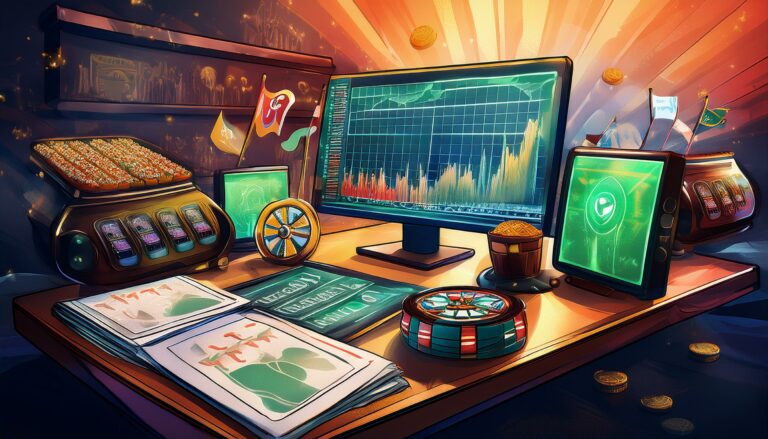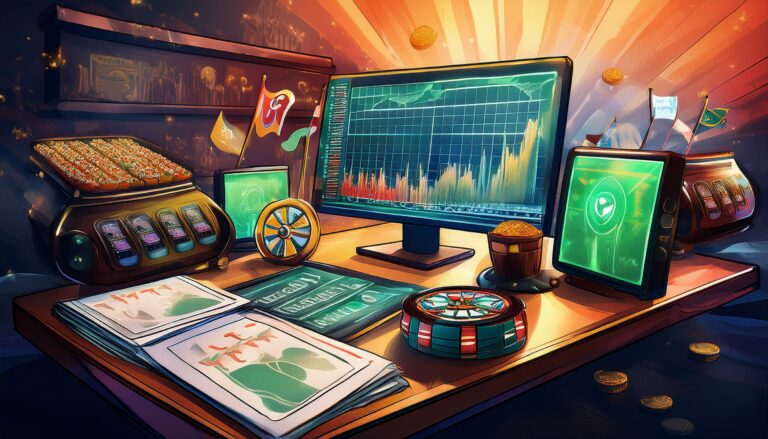Exploring the Cultural Significance of Cyberpunk Literature
The origins of Cyberpunk literature can be traced back to the early 1980s, emerging as a response to the rapidly advancing technology and the increasing corporatization of society. This subgenre of science fiction gained popularity for its gritty, dystopian portrayal of a high-tech, low-life world where mega-corporations hold immense power and individuals navigate through a cybernetic landscape filled with virtual realities and cybernetic augmentations.
Pioneering authors like William Gibson with his groundbreaking novel “Neuromancer” and Bruce Sterling with “Mirrorshades: The Cyberpunk Anthology” are credited with laying the foundation for Cyberpunk literature. These writers depicted a future where the line between humans and machines blurs, and where society grapples with the ethical implications of technological advancements. Through their works, they introduced readers to a dark, edgy world filled with hackers, cyborgs, and anti-heroes who rebel against a system dominated by technology and corporate greed.
Key Themes in Cyberpunk Literature
Cyberpunk literature often explores the theme of a dystopian future where advanced technology has led to societal decay and corporate domination. The fusion of man and machine, known as cyborgs, is a prevalent motif in cyberpunk narratives, blurring the lines between humanity and technology. Characters in these works often grapple with issues of identity, power, and the consequences of altering one’s body with cybernetic enhancements.
Another key theme in cyberpunk literature is the concept of virtual reality and the digitization of consciousness. Writers often speculate on the implications of living in a world where individuals can exist in simulated realities or upload their minds to digital spaces. This exploration of the boundaries between reality and virtuality raises philosophical questions about the nature of existence, consciousness, and the potential loss of human connection in a hyper-technological world.
Influential Cyberpunk Authors
One of the most prominent and revered figures in cyberpunk literature is William Gibson. Renowned for his novel “Neuromancer,” Gibson is often hailed as the pioneer of the cyberpunk genre. His gritty and dystopian vision of the future, filled with cyberspace and complex characters, has had a lasting impact on the genre and continues to inspire new generations of writers.
Another influential cyberpunk author is Neal Stephenson, known for his novel “Snow Crash.” Stephenson combines elements of science fiction, cybernetics, and linguistics in his works, creating rich and detailed worlds that enthrall readers. His insightful exploration of technology, society, and human nature has secured his place as a key figure in the cyberpunk literary landscape.
• William Gibson is often called the pioneer of cyberpunk literature for his novel “Neuromancer”
• His gritty and dystopian vision of the future continues to inspire new generations of writers
• Neal Stephenson, known for “Snow Crash,” combines elements of science fiction, cybernetics, and linguistics in his works
• Stephenson’s exploration of technology, society, and human nature has solidified his place as a key figure in cyberpunk literature.
Who are some of the most influential Cyberpunk authors?
Some of the most influential Cyberpunk authors include William Gibson, Neal Stephenson, Bruce Sterling, and Pat Cadigan.
What are some key themes in Cyberpunk literature?
Key themes in Cyberpunk literature often revolve around technology, dystopian societies, corporate control, artificial intelligence, and the impact of cybernetics on humanity.
What are the origins of Cyberpunk literature?
Cyberpunk literature originated in the 1980s as a subgenre of science fiction, characterized by its focus on high-tech, low-life worlds, and a gritty, often dystopian atmosphere. William Gibson’s novel “Neuromancer” is often credited with popularizing the genre.




